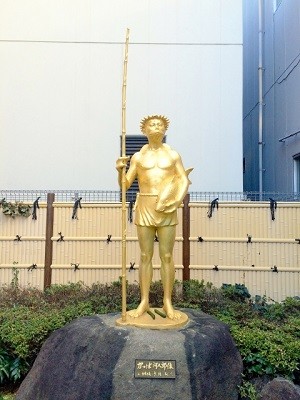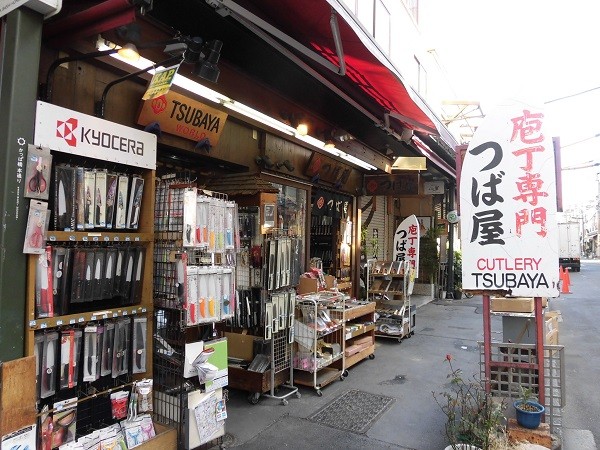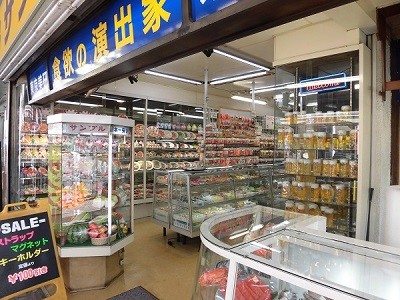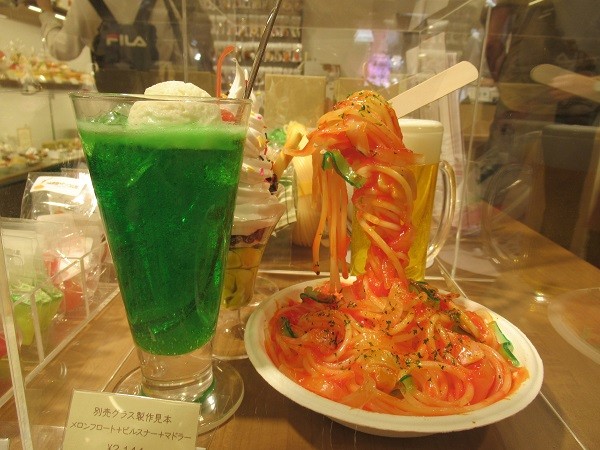Kappabashi Street in Tokyo is also known as Kitchen Street. Locals who are starting a new restaurant, come here to buy all the necessary supplies. But hobby home cooks will also have a field day in Kappabashi. There are many shops that deal with all kinds of kitchen tools, and each shop has its specialty. ‘I didn’t know I needed this but I do’ type items are abundant. While most shops started as wholesalers, most shops welcome individual customers too nowadays.
Kappabashi is within walking distance from popular sightseeing spot Asakusa. So if you are interested in cooking, I recommend you to visit. It is interesting just looking into some shops even if you don’t plan to buy anything. Let’s find out how you can enjoy this specialty street!
History of Kappabashi Street
More than 200 years ago, mister Kappaya Kihachi tried to develop the area with his private money. Construction was not easy because the area was a marsh. Legend has it that ‘kappa’, an imaginary creature, had a hand in the area’s development. Kappa look like a mixture between a human, turtle, and frog. They have a flat head that keeps water on top. Kappa are often described as mischievous creatures in folklore. Anyway, kappa appeared and helped Kappaya because he was working so hard. The construction went well with their help, and people say that the name of the street Kappabashi (Kappa Bridge) originated here.
In 1912, several antique tool dealers opened shops on the street. That’s the beginning of the kitchen street. The street has gradually become a kitchen tool-oriented town. Now, there are about 170 shops along the 800-meter-long street. There is a golden statue of a kappa on the street. Enshrining kappa like a god for business success, there are many displays of kappa all over the town.


Cooking Equipment
If you want to start a new restaurant, you need to purchase varied equipment such as a refrigerator, stove, microwave, frying pan, pot, kettle, knife, peeler, etc. Japanese knives are high quality and a lot of foreigners want to buy one in Japan. Moreover, there are several kitchen knife shops on the street that have a wide variety of knives for different ingredients.

There is also a variety of equipment for cooking Japanese dishes. For example, rice cookers, rice scoops, radish graters, and so on. Many foreigners like individual cookers for hot pot dishes. You often find it on the dinner table at ryokan. Using solid fuel, the cooker becomes warm enough to cook all kinds of (Japanese) dishes.
Tableware
When you hear the word tableware, you may think of plates, cutlery such as knives, fork, and spoons. But in Japan, there’s much more than that. Plates may be made of ceramic, metal, wood, lacquerware, plastic, or even paper. And people use chopsticks, chopstick rests, large spoons to scoop ramen soup, a wooden square plate for sushi, a small plate for soy sauce, and many decorative ornaments for the table. You may be surprised to see so many different types of tableware at the dinner table in a ryokan.
Furniture
Furniture is also often different in Western food restaurants and Japanese food restaurants. Japanese restaurants are often furnished like traditional Japanese rooms. So, you need to take off your shoes at the entrance, and the room floor is made of tatami (straw mats). You sit on a cushion called zabuton. They often have space for the legs because young people are not used to sitting on the floor anymore. In this style, you feel as if you sit on a chair. The food will be served on a low table.
Uniform
You will find different uniforms for waiters in different types of restaurants. For example, Japanese restaurants often use something like kimono. Kimono is not easy to wear by yourself and not easy to move in, so they simplified the form. You can order your original uniform in uniform stores in Kappabashi.
Display Items
There are many display items to decorate a restaurant. For example, Japanese restaurants, especially Izakaya or Japanese-style pubs, often use paper lanterns creating a lively atmosphere at the entrance. You can have the name of your restaurant written in Japanese ink on the lantern.
Plastic Food Samples



Food samples may be the most unique thing that you will find at restaurants in Japan. They are not only used for Japanese restaurants but also for Western-style restaurants. It is a good way to show what kind of food the restaurant serves, especially for foreigners who can’t read Japanese. You can take a picture of the food you want to have and show it to the waiter when you order.
The sample is made of synthetic resin, wax, and some other materials. They actually look so real that many people want to touch them. Some shops sell these samples and some of them offer workshops where you can make one yourself. It is a fun experience making food samples, and it’s a great souvenir!
Your Japan Tour
As seasoned Japan experts, we can help you create your perfect Japan tour including guides who can take you to Kappabashi. Check out our group tours and private tours, or contact us to start planning your unforgettable holiday to this fascinating country. Japan is full of once-in-a-lifetime experiences, culture, history, nature, and delicious food!